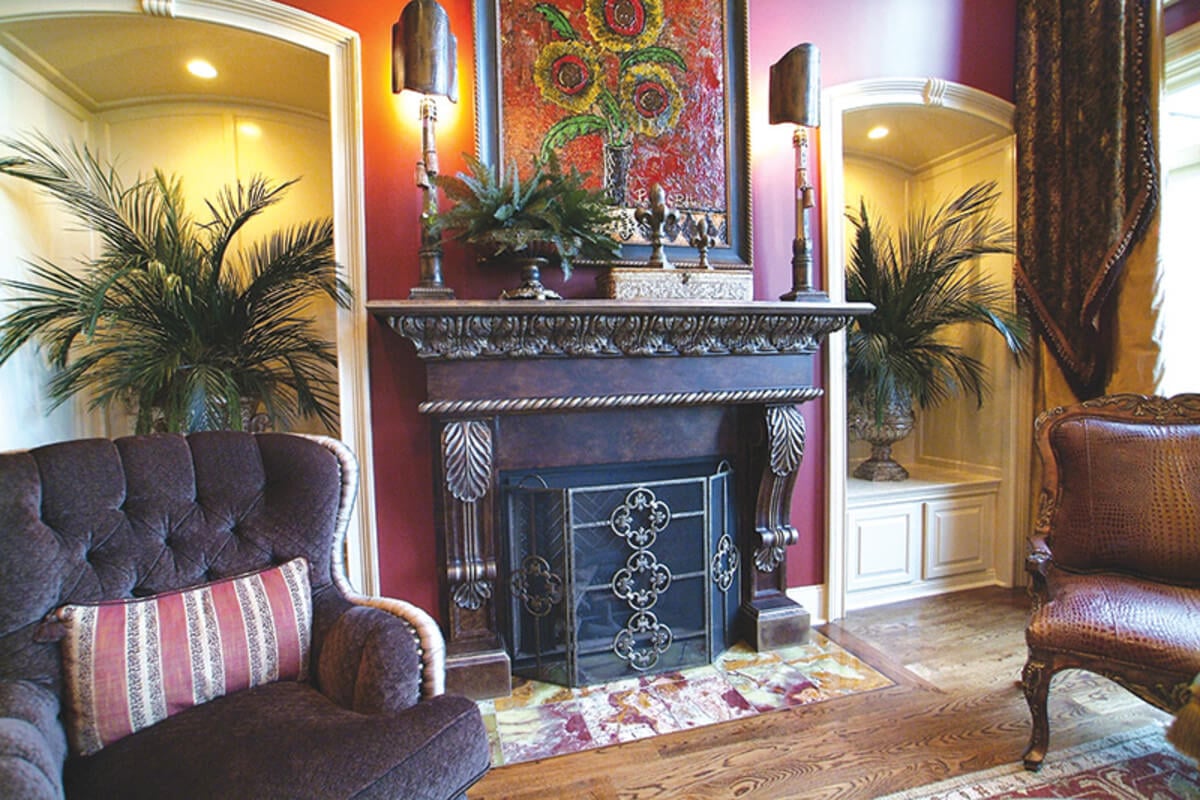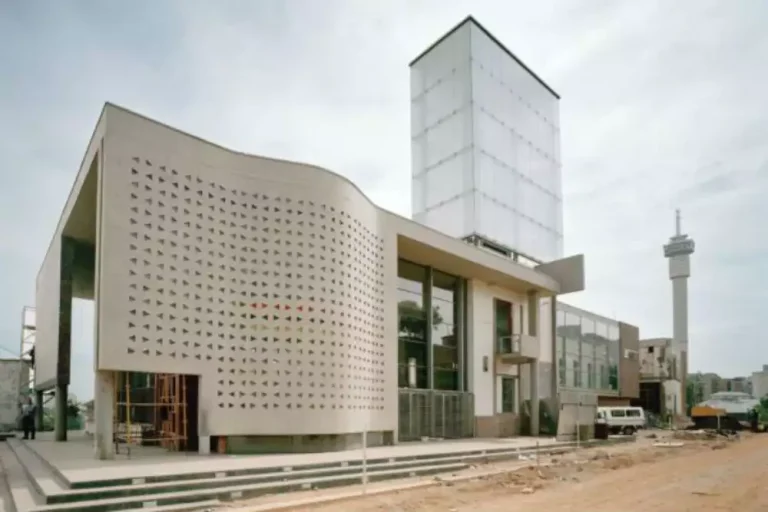A History of Antique Fireplaces in Famous Historical Residences

Table of Contents
The United Kingdom, steeped in centuries of history and tradition, is home to some of the most fascinating historical residences in the world. This article explores Britain’s historical homes, spotlighting the most notable antique fireplaces that not only provided warmth but also served as central pieces in the art and architecture of their time.
Hampton Court Palace: The Renaissance Marvel
Hampton Court Palace, a testament to Tudor grandeur and Baroque extravagance, houses some of the most magnificent fireplaces dating back to the 16th century, as read on https://www.thornhillgalleries.co.uk/ . The Great Hall’s fireplace is particularly noteworthy, commissioned by King Henry VIII as a symbol of his power and wealth.
This massive structure, adorned with the Tudor Rose and King Henry’s heraldic beasts, stands as a masterpiece of Renaissance artistry. The intricate stone carvings and detailed craftsmanship tell a story of royal opulence and the architectural innovations of the era.
Chatsworth House: The Pinnacle of Neoclassical Elegance

Moving from the Tudor to the Georgian period, Chatsworth House in Derbyshire exemplifies the neoclassical aesthetic through its fireplaces. The Sculpture Gallery’s fireplace, created by the famous sculptor Antonio Canova in the early 19th century, is an exemplar of this style.
Its elegant white marble, adorned with classical motifs and figures, reflects the period’s fascination with ancient Greece and Rome. The fireplace is not just a source of warmth but a piece of art that enhances the grandeur of its surroundings.
Hardwick Hall: Elizabethan Sophistication
Hardwick Hall, renowned for its remarkable preservation of Elizabethan architecture, showcases some of the era’s most intricate fireplace designs.
The High Great Chamber’s fireplace is a focal point, with its expansive stone hearth and elaborately carved mantel depicting scenes from mythology and history. This fireplace embodies the Elizabethan era’s characteristic blend of opulence and craftsmanship, serving as a testament to the artistic and architectural achievements of the time.
The Royal Pavilion, Brighton: Exoticism and Fantasy

The Royal Pavilion in Brighton, with its distinctive Indo-Saracenic architectural style, offers a unique entry on our list. The Banqueting Room’s fireplace stands out for its exotic design and intricate craftsmanship.
This fireplace, with its silvered dragons and faux bamboo shoots, reflects King George IV’s fascination with the East and his desire to create an atmosphere of fantasy and opulence. It is a striking example of how fireplaces in historical residences were not just functional but also integral to the thematic and decorative ambitions of their creators.
Blickling Hall: A Jacobean Jewel
Blickling Hall in Norfolk, a jewel of Jacobean architecture, is home to a fireplace that captures the essence of early 17th-century design. The Long Gallery’s fireplace, with its imposing size and detailed stone carvings, showcases the period’s architectural evolution towards more intricate and symbolic designs.
The mantel features heraldic motifs and inscriptions that allude to the hall’s storied past, making it not only a source of physical warmth but also a focal point for the stories and histories embedded within the walls of Blickling Hall.
Stirling Castle: A Scottish Chronicle
In the heart of Scotland, Stirling Castle presents a fireplace in the King’s Inner Hall that is a masterpiece of Renaissance craftsmanship. Carved in the early 16th century, it features a detailed narrative of Scottish identity and royal ambition.
The Stirling Heads, intricate wood carvings that once adorned the ceiling above the fireplace, showcase figures from history, mythology, and the Stuart monarchy. This fireplace, with its robust structure and detailed carvings, served as a potent symbol of the Scottish Renaissance and the cultural aspirations of the Stuart kings.
Waddesdon Manor: A Neo-Renaissance Gem
Waddesdon Manor in Buckinghamshire, a 19th-century estate built in the Neo-Renaissance style of a French château, houses an exceptional collection of architectural elements, including several notable fireplaces.
The Red Drawing Room features a fireplace that is a work of art in itself, adorned with elaborate sculptures and ornamental details that mirror the opulence of the French Renaissance. This fireplace not only provided warmth but also served as a focal point for social gatherings, reflecting the wealth and aesthetic tastes of the Rothschild family.
Highclere Castle: The Victorian Era Reimagined
Best known as the filming location for the television series “Downton Abbey,” Highclere Castle showcases the Victorian era’s fascination with history through its fireplaces.
The Library’s fireplace, in particular, stands as a testament to the Gothic Revival style, with its intricate carvings and heraldic motifs. This fireplace reflects the Victorian era’s romanticization of the past and the desire to blend historical styles with modern comforts, embodying the castle’s dual role as a family home and a repository of history.
Castle Howard: Baroque Grandeur
Situated in North Yorkshire, Castle Howard commands attention not just for its dramatic façade but also for the stunning fireplaces that adorn its interiors. The Antique Passage’s fireplace, with its baroque embellishments, exemplifies the grandeur and opulence of the early 18th century.
The use of marble and the intricate designs reflect the influence of Italian baroque architecture, showcasing the wealth and artistic patronage of the Howard family. This fireplace, like many others in Castle Howard, serves as a piece of the estate’s architectural artistry, contributing to its reputation as one of Britain’s most beautiful historic homes.
Warmth Through the Ages
The antique fireplaces in Britain’s famous historical residences are much more than just remnants of the past; they are vibrant testimonies to the artistic, cultural, and architectural advancements of their times. Each fireplace, with its unique design and history, tells a story of the people who lived among them, the artisans who crafted them, and the eras they epitomize.
These fireplaces, with their blend of utility, art, and history, epitomize the enduring legacy of Britain’s architectural heritage. They are not merely structures of stone and marble but are vibrant parts of the living history that continues to define and enrich the British cultural landscape.






